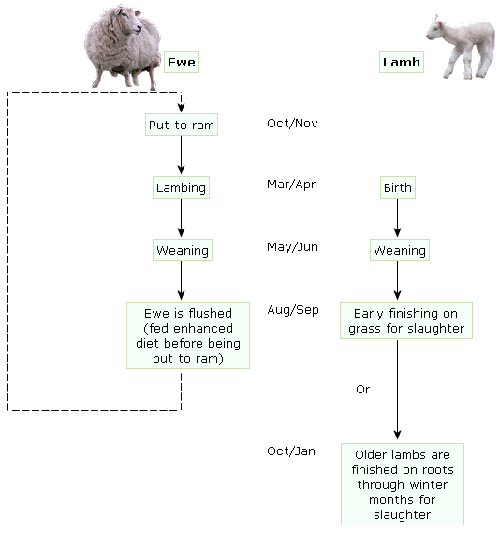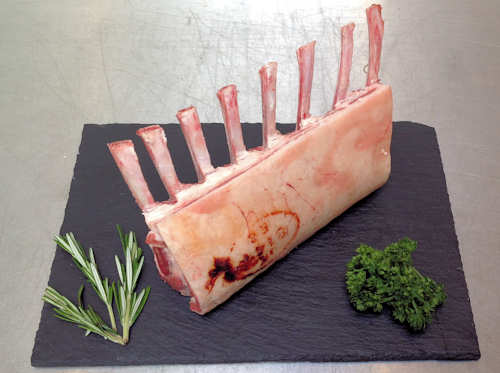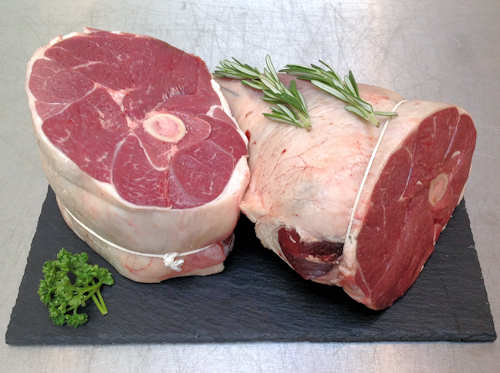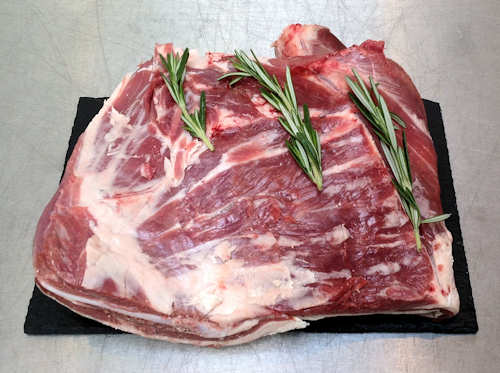Sheep Farming.

In the UK the sheep industry is stratified with particular breeds occupying specific environments to which they are adapted. The sheep of these environments are connected by the movement of lambs and older animals from higher, to lower ground. Also in the UK, we only consume 20% of our cull. The rest of the stock is exported to European countries.
The Hills:
Hardy hill and mountain sheep are largely kept as pure breeds. Lambs not required to maintain flock numbers are transferred to the lowlands as store lambs to be fattened. Older ewes that have lambed several times are transferred to the milder climate of upland areas where they are crossed with longwool breeds.


The Uplands:
In upland areas there are again specific breeds, these and older draft mountain ewes are crossed with the longwool breeds. The cross results in a halfbred or mule. Male lambs are generally sold as stores for fattening in the lowlands whilst the ewe lambs are transferred to the lowlands to be crossed with a lowland breed.

The Lowlands:
In the lowlands, the mules and halfbreds are crossed with lowland sires to produce lambs that can be fattened on summer grass. Slower growing lambs join the store lambs that have arrived from the hill and upland areas to be fattened on root crops over the autumn and winter months.
There are over 40 different breeds of sheep in the UK that have arisen through hundreds of years of selection. Often breeds are adapted to very specific environments and remain local to them. In these areas pure breed flocks will be found that are concerned with the maintenance of their own breed.
Although the transport of sheep around the UK from higher to lower ground attracts criticism, mostly the right sheep are found in environments to which they are suited. The crossing of different breeds also produces offspring that are more vigorous although it leads to a lack of consistency in the final meat product.






